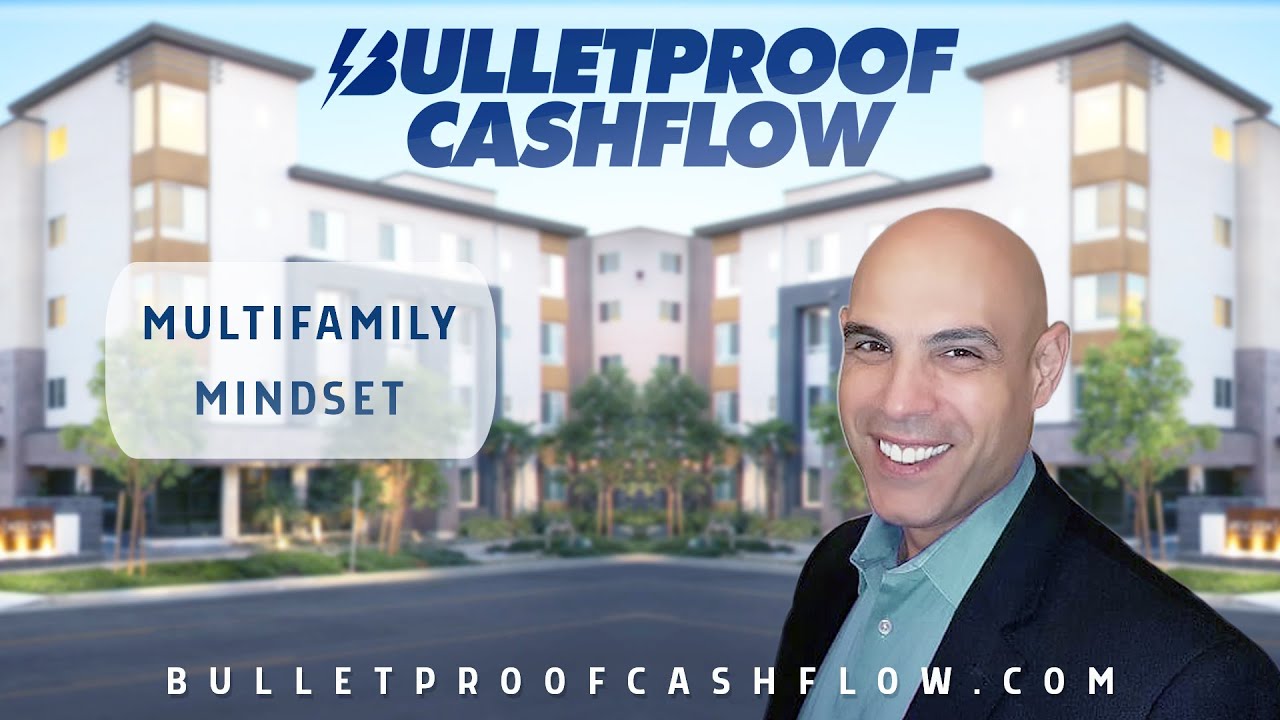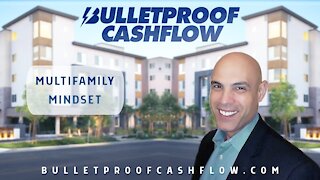Premium Only Content

A Guide to Multifamily Classifications (MUST SEE!)
Hey guys! When you are looking at properties and the area they are located in, you will hear about different classifications: Class B area or a Class C building. Getting to know these important factors will help in outlining the quality and rating of a property.
Today, we go into what the classes for buildings and areas are and why it matters.
If you are new here, welcome. My name is Agostino and I’m a real estate entrepreneur, syndicator, and investor. I like to share stories, lessons, and advice from my journey in - real estate, particularly, multifamily real estate, and I enjoy helping others to get into the business. I do that through the Bulletproof Cashflow social media channels and through coaching, both online and in person. If you haven’t subscribed, do that now and turn on notifications so that you don’t miss anything. Also, I’d love to know who you are and what you’re up to, so say hi on social.
Property and area classifications will reflect the risk and return of the deal because they are graded according to a combination of physical and geographical characteristics, respectively. The letter grades are subjective. They are given to properties by brokers, buyers and sellers that consider the combination of factors like the age of the property, location, tenant income, amenities and rental rate. This variety of items will drive the cap rate, that as you may already know will shift also with the supply and demand cycle of the market. But if you are in tune with your area, you can determine whether the asking price is in line with the market.
There is no formula by which properties are placed into classes, but the common breakdown is A, B, C and D. From here, there are two different classification when we talk about a property: 1) The Area Class and 2) The Property Class.
The Property Class is centered around the physical condition, the age of the building, amenities, and the demographics of the community. With the Area Class, on the other hand, you look at the age of the neighborhood and what is local to the neighborhood. You consider crime rates, the demographics, typically broken down by zip code. You are also looking at what kind of commerce or retail is in that area. For instance, if there are a handful of national stores near your property versus an industrial trucking side across the street from the property, those are two different areas with two different classes.
Before we get into the classes of the area and property, let's go over why we use them in multifamily and commercial investments in the first place.
When a broker or a seller tells us the classification of a property, it is supposed to let us know what kind of demographics and neighborhood we are talking about and the condition of the property take a look at it. Classes also tells us what the cap rate of the property and the area are. Classes are like grades - from Class A to Class D. The higher the grade, the better the property condition. The better the property is, the lower the cap rate. When it comes to Class A, think of properties that you will find at a busy downtown area. It could be an all glass multifamily tower with pool, sauna, shopping on the first floor and a very affluent tenant profile. A building like this may cost $50M. The cap rate will be low on an asset like this, but a large hedge fund with money to put to work wants that degree of certainty and doesn't mind paying a premium for these great properties.
Keep in mind that classes of property not only vary from A to D, but there are degrees within each one. You will have A- or B+ properties. Perhaps you will have a C- property but in a B area. Generally, the rating will go all the way from D- to A+ and everything in between. And because brokers, sellers and other people classify the property or area differently, it can be a bit subjective. This is especially important to remember when you get a new offering memorandum from a broker with a bright-colored Photoshopped building on the front, meant to show a higher property classification.
It's worth noting that the classification of the area is far more important than the classification of the property. If you have a C- building in a B+ area, you can make renovations and drive higher rents to get that property to a B+ like the area it's in. In contrast, if you have a B+ property in a C- area, it will be hard to get the affluent people to move there as they will not want to be in an area where they do not have the amenities they want or where they don’t feel safe spending time outside the property.
As I mentioned, getting into the area classes is much more important than the property classes.
In a Class A area, you are in the best neighborhood in the city. It will have the best schools, lots of high-end retail, maybe a top shopping mall nearby and plenty of restaurants. The neighborhood is typically no more than 5 years old.
-
 0:55
0:55
RobertStevens
4 years agoAmazing Sharpie Drawing! (MUST SEE!)
30 -
 4:43
4:43
KTNV
4 years agoHoliday Gift Guide
65 -
 3:55
3:55
KTNV
4 years agoHoliday Gadget Guide
38 -
 13:02
13:02
bulletproofcashflow
4 years ago $0.01 earnedMultifamily Syndication: Basics Explained
79 -
 9:55
9:55
bulletproofcashflow
4 years agoWhat Makes Multifamily Recession-Resistant?
1131 -
 3:44
3:44
SeaniePunani
5 years agoTour Guide
31 -
 4:41
4:41
Quicksand Riggs
4 years ago $0.01 earnedWanderer's Palace - Quick Guide (2020)
94 -
 5:47
5:47
Quicksand Riggs
4 years agoSatasha (Hard) - Quick Guide (2020)
28 -
 4:23
4:23
Quicksand Riggs
4 years ago $0.01 earnedAurum Vale - Quick Guide (2020)
106 -
 3:49
3:49
Online Poker
4 years agoJuicy Stakes Sign Up Guide
161